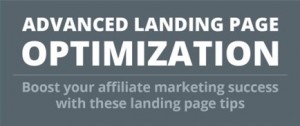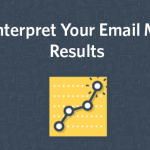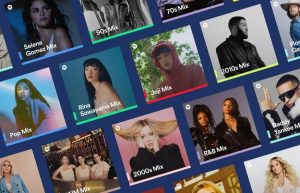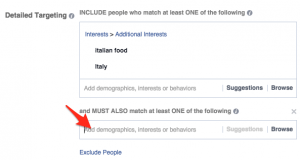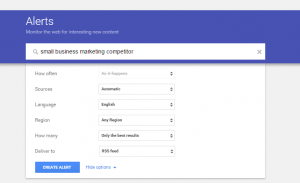 We all see the trend that data is getting bigger and bigger, not only in volume, but in the demands and expectations placed upon it. We see very successful companies, such as Amazon and EBay, who have placed data on the top priority shelf, and they are excelling and accelerating at a remarkable pace by utilizing data as a key strategic asset.
We all see the trend that data is getting bigger and bigger, not only in volume, but in the demands and expectations placed upon it. We see very successful companies, such as Amazon and EBay, who have placed data on the top priority shelf, and they are excelling and accelerating at a remarkable pace by utilizing data as a key strategic asset.
In order to get into the exciting practices and possibilities of achieving insight with data, we must look at the history, to the earliest form of record keeping we know of, the story. We have used stories as our principal means of communication back to when we were scratching on cave walls.
This practice has persisted over thousands of years. Ken Kesey, author of One Flew Over the Cuckoo’s Nest, said, “The heck with facts, we need stories.” I couldn’t agree more. Stories are how we grapple with impersonal quantitative data, facts and figures; either we are telling a story about what happened to us today, or we are telling a story about business profit and loss, or where the company is headed.
The story is the bridge between cold numbers and figures. The warm parts of our brain understand, draw meaning and make sense of the world as we see it. This is how we can bring together the numbers we read on a spreadsheet and what we observe and believe to be going on all around us.
I have sat in an office as an executive leader reviewing a chart, a graph or some other piece of data analysis and I’ve thought, what is this telling me? Even the prettiest chart or graph is not very useful unless it tells a compelling or insightful story.
The fact of the matter remains that data tells stories. As a professional in helping people analyze their data, I’ve kept the data as a story concept in my mind and it has helped me make sure the data wasn’t lost in translation but well understood.
I see all of our databases, our operational data storage, and our IT systems as collections of stories, like a compendium or a Reader’s Digest. Every system in your business tells a story from a point of view. For example, your CRM system tells a story of your customers and (hopefully) gives you a clear picture of your interaction with them. It likely will include character development by showing you their demographics, every interaction as a vignette about their activity with your sales team or customer service group. Ask yourself these questions on the opportunity of data and storytelling:
- Does your CRM system tell the story of your customers’ online purchase behavior?
- Does it tell the story of what your customers’ put in and take out of their shopping carts and why?
- Does it tell the combined story of other similar customers?
- Does it tell you a combined story and forecast of the next six months?
- Does it tell you the impact of a marketing campaign on your bottom line?
- Does it combine the data to see how customers move through your store?
- Does it tell a combined story to see how customer interactions and behaviors culminate in a purchase?
It may or it may not.
This is all an illustration of the power of connected stories. This is a story connected from the bits and pieces and points of view from different shorter stories, that altogether, tells the most compelling version of the truth.
I did a webinar recently with RingLead covering this topic and more. Check it out here:
Learn how to do more with your data with the free ebook below.
(297)


